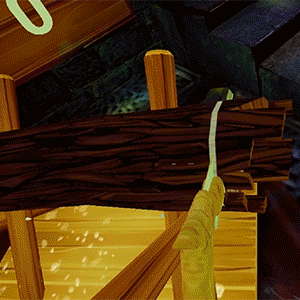
ENTERTAINMENT
GAMES
LEVEL DESIGN & IDEATION
 |  |  |
|---|---|---|
 |  |  |
 |  |  |
UX & GAMEPLAY PROTOTYPING
HUMAN FACTORS & FLOW
UX is all about 'You'. The user is who matters most, and how we shape their experience with intuitive design is where 'user' and 'experience' come together. Good UX design means good flow, and good flow comes from an understanding of human factors and timing. Does it take one screen touch to get a user to their desired game state? Or maybe two clicks of the mouse? The relativity of timing in the context of software can be the difference between an engaging user experience versus something that is frustrating.
RESPONSIVE & ACCESSIBLE DESIGN
Accessibility plays a key role in positive user experiences. Taking our sensory perception and limitations into account from the very beginning of the design process plays a critical role in making sure our users can actually engage in the design. Designs should be responsive. If a player press a button on their gamepad, or any other input device, the software needs to respond to as many senses available to us. Does that button make a great sound when you click it? Does the controller vibrate? Does the button icon pulse a little? Good design means that we're actively listening to user input and reward the player's input by appealing to their senses and psychology.
ADAPTIVE INTERFACE & CONSISTENT MODALITY
With good UX comes an understanding of the various platforms that are being used to communicate experience. There are vast differences implicit between designs targeted toward console, PC, mobile, VR and AR design. Today's graphic engines do a great job of streamlining these cross platform technicalities, however, they do not automatically account for the nuances found in the way we physically interact with these instruments. For example, VR requires an understanding of how we move in physical reality, and how those movements are rewarded in virtual reality. It requires an understanding of the physical real estate in which we need to move. Augmented reality virtually tethers us to a point in physical space. How long can I hold my phone or tablet up to enjoy an experience? What's fun for two minutes in Augmented reality may not be fun for five minutes. Consistent modality is the result of that adaptive design we have in mind. If we design an action or method that we would like the user to engage in, that design needs to be consistent within the various modes of engagement subsequently leading to intuitive & intelligent user experiences.
MULTI-PLATFORM DEVELOPMENT
 |  |  |
|---|---|---|
 |  |  |
 |  |  |
 |  |  |





